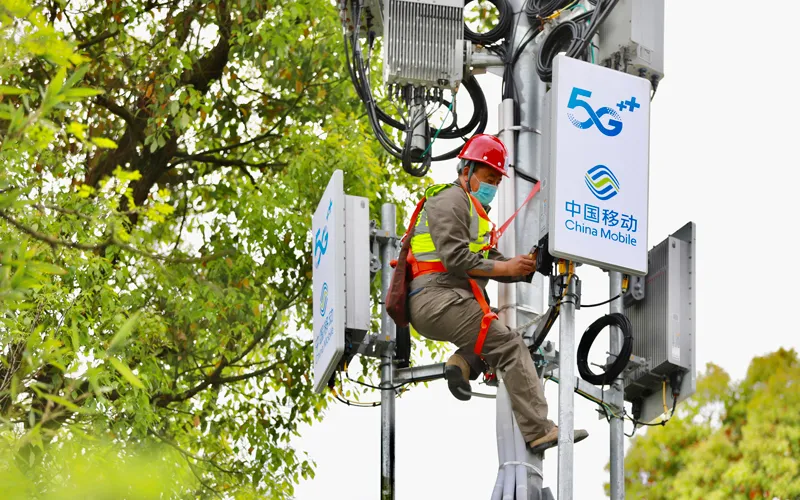EMI Shielding and Thermal Interface Solutions for Telecommunications Applications
- Posted on:2023-10-26 10:07:00
- Source:AOK Thermal Pad Manufacturer Industry News
With unprecedented advancements in the areas of Internet of Things (IoT), Artificial Intelligence (AI), Big Data, Edge Computing, Cloud Computing, and 5G/Network Infrastructure, telecommunications companies are constantly working to improve hardware solutions and meet the demands of the next generation of connectivity needs. EMI Shielding and Thermal Interface Solutions are essential for telecommunications applications to ensure reliable and efficient operation of electronic devices.
EMI Shielding: Electromagnetic Interference (EMI) can disrupt the proper functioning of electronic devices by interfering with their signals. EMI shielding materials are used to block or absorb electromagnetic waves and prevent them from entering or leaving the device. In telecommunications applications, where various electronic components are closely packed together, EMI shielding is crucial to minimize interference and maintain signal integrity.
Common EMI shielding solutions for telecommunications include:
1. Conductive coatings: These coatings are applied to surfaces of electronic devices or enclosures to create a conductive layer that reflects or absorbs electromagnetic waves.
2. EMI gaskets and seals: These are typically made of conductive materials such as metal or conductive elastomers. They are used to create a seal between different components or enclosures, providing both EMI shielding and environmental sealing.
3. Shielding tapes: These tapes are made of conductive materials and are used to cover seams, gaps, or joints in electronic devices or enclosures to prevent EMI leakage.
4. EMI shielding enclosures: These enclosures are designed with conductive materials, such as metal alloys or conductive plastics, to create a shielded environment for sensitive electronic components.
5. Thermal Interface Solutions: Telecommunications equipment generates heat during operation, and efficient thermal management is crucial to prevent overheating and ensure optimal performance and longevity of the devices. Thermal interface materials are used to enhance heat transfer between electronic components and heat sinks, ensuring effective dissipation of heat.
Common thermal interface solutions for telecommunications include:
1. Thermal interface materials (TIMs): These materials, such as thermal greases, thermal pads, or phase change materials, are placed between the heat-generating component (e.g., CPU, power amplifier) and the heat sink to fill microscopic air gaps and enhance thermal conductivity.
2. Heat sinks: These are passive or active cooling devices that absorb and dissipate heat from electronic components through conduction, convection, or radiation.
3. Liquid cooling systems: In more demanding applications, liquid cooling systems, such as heat pipes or liquid cooling loops, can be used to efficiently transfer heat away from high-powered components.
Proper selection and implementation of EMI shielding and thermal interface solutions are essential in telecommunications applications to ensure reliable performance, minimize electromagnetic interference, and maintain optimal temperature levels. Manufacturers and designers work closely with material suppliers and engineering experts to choose the most suitable solutions based on the specific requirements of their telecommunications devices and systems.
If you would like to learn more about AOK performance thermal materials, please visit our website at www.aok-technologies.com


